-
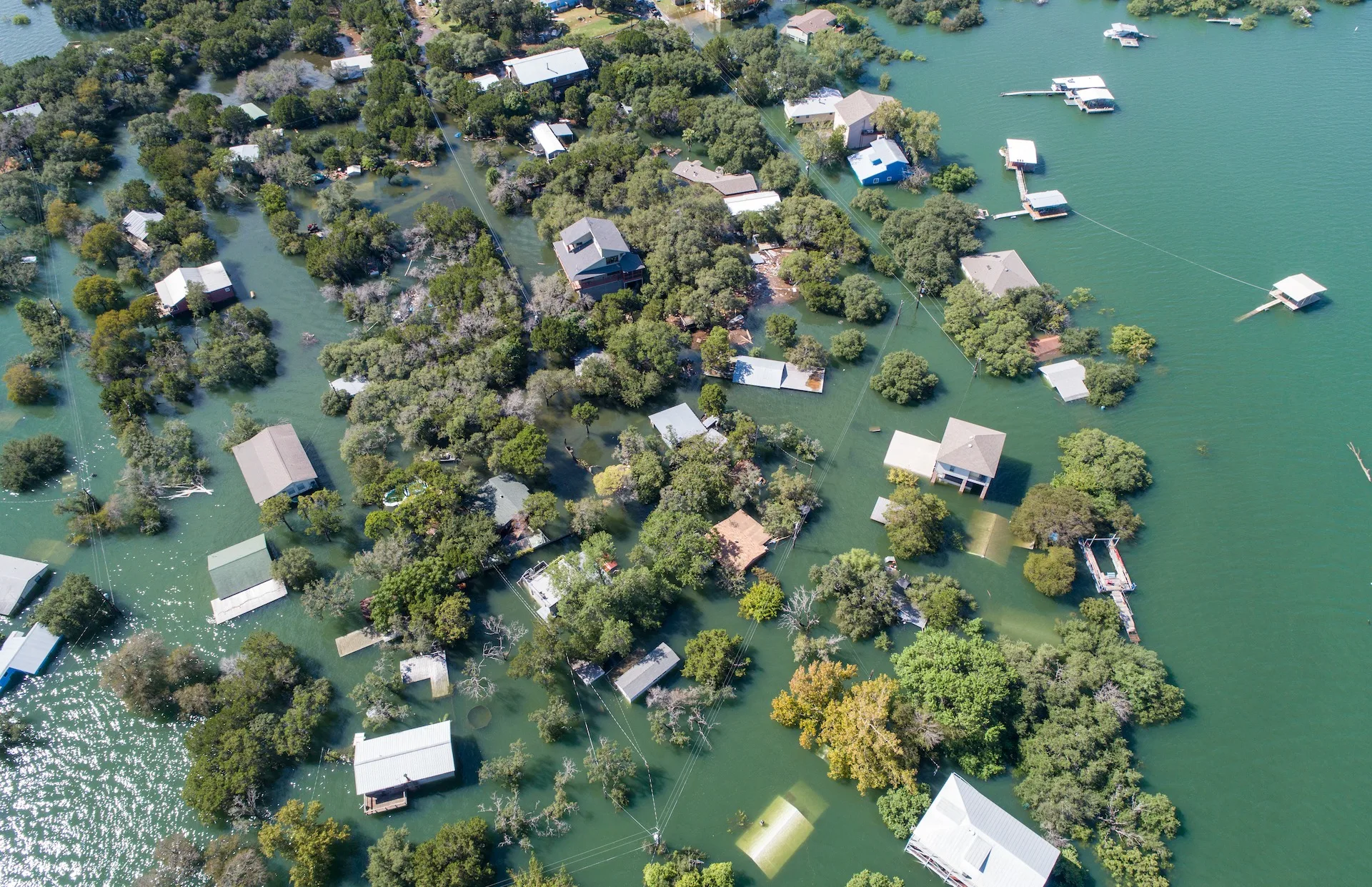
Headwaters Economics and the Hispanic Access Foundation have released a report that shows that 44% of Latinos live in counties with high flood risk, as opposed to 35% of non-Latinos. Read more
-

Headwaters Economics y Hispanic Access Foundation han publicado un reporte que muestra que el 44% de los latinos viven en condados con un alto riesgo de inundaciones, en contraste con el 35% de los no latinos. Read more
-
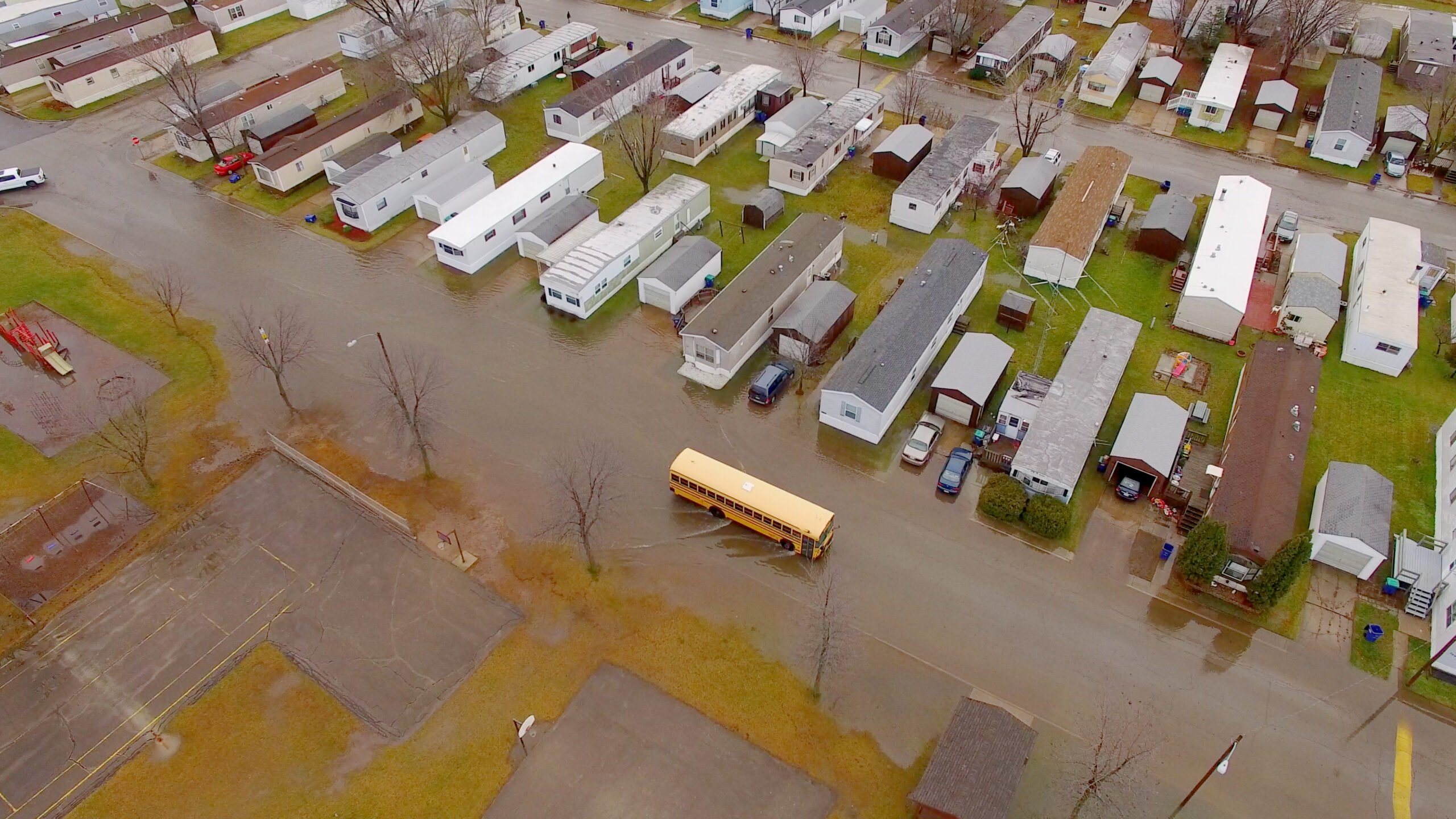
Headwaters Economics has conducted an analysis of flood and socioeconomic data to illustrate where flood risks disproportionality affect vulnerable populations. Read more
-
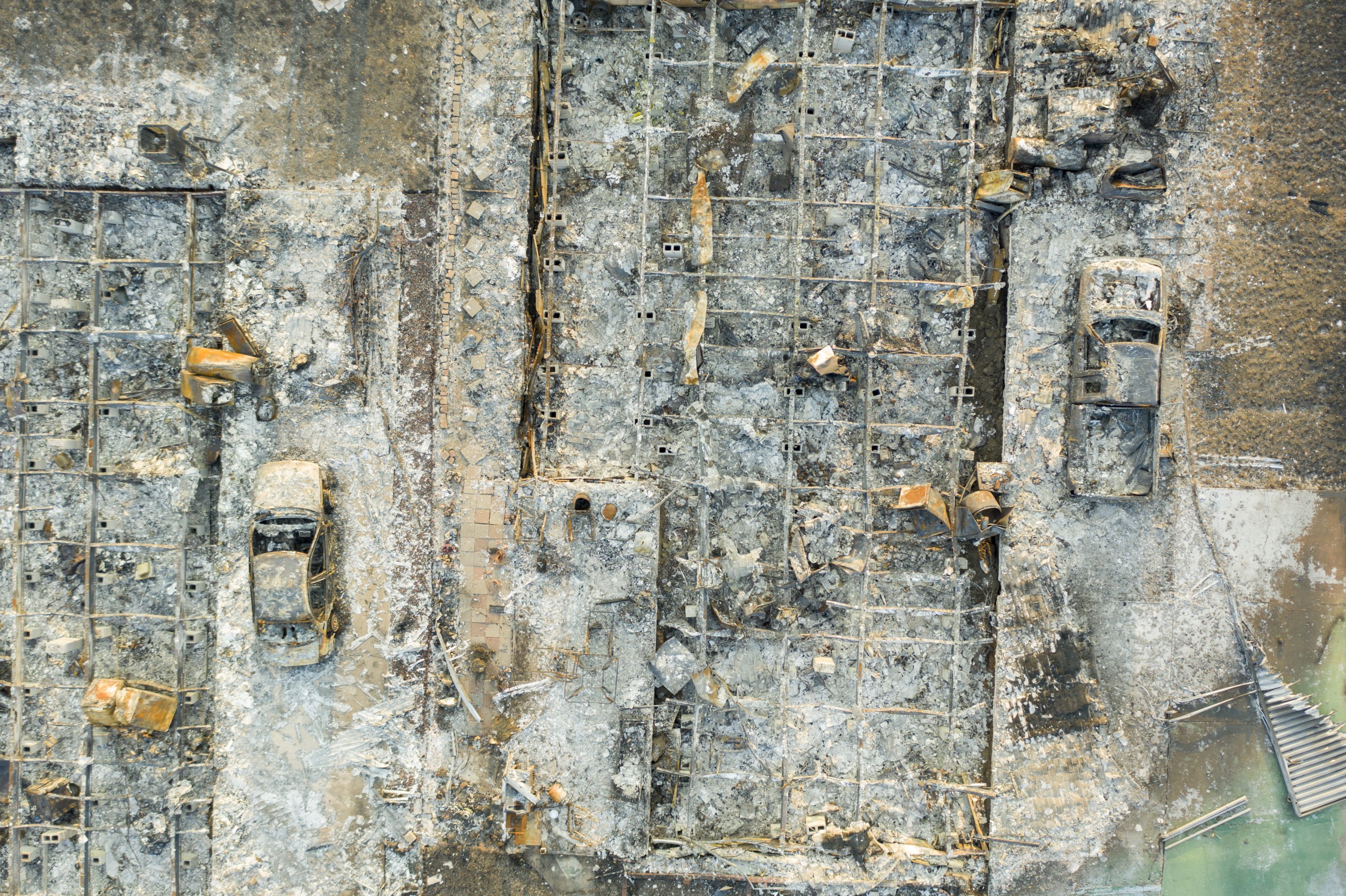
See where wildfire risk intersects social and economic factors that can make it difficult for people to prepare for, respond to, and recover from wildfire. Read more
-
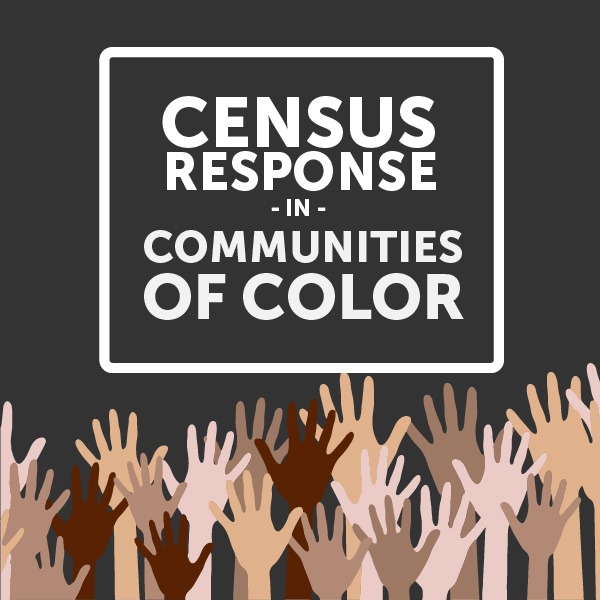
People of color are at a high risk of being undercounted in the 2020 Census, jeopardizing federal funding, social services, and government representation. Read more
-
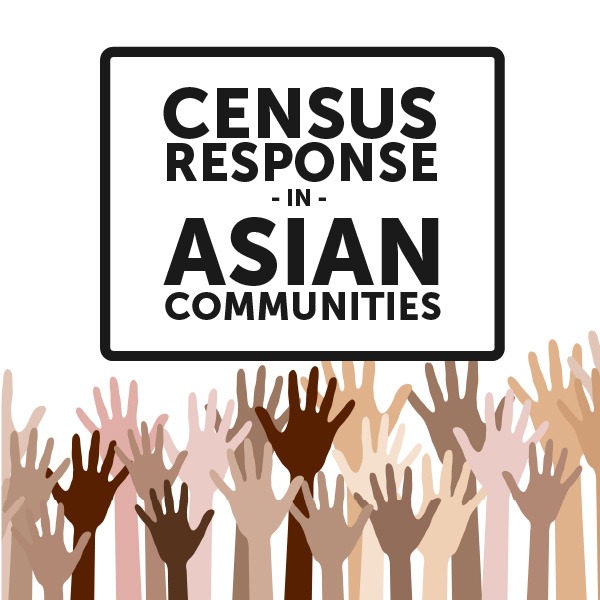
Asian communities are at a high risk of being undercounted in the 2020 Census, jeopardizing federal funding, social services, and government representation. Read more
-
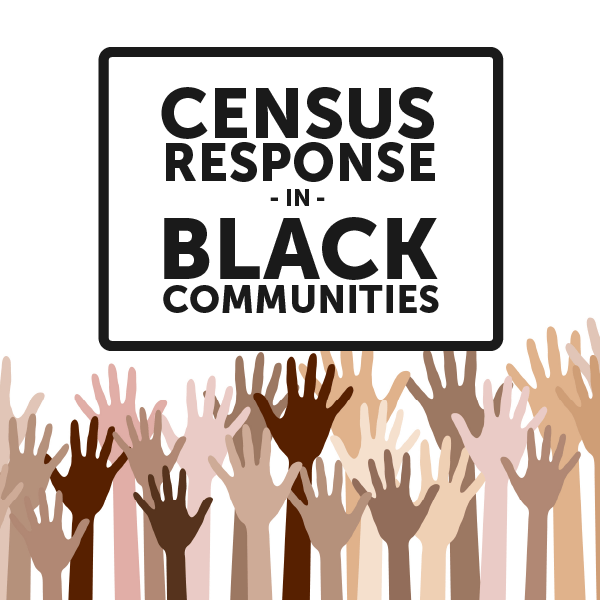
Black communities are at a high risk of being undercounted in the 2020 Census, jeopardizing federal funding, social services, and government representation. Read more
-
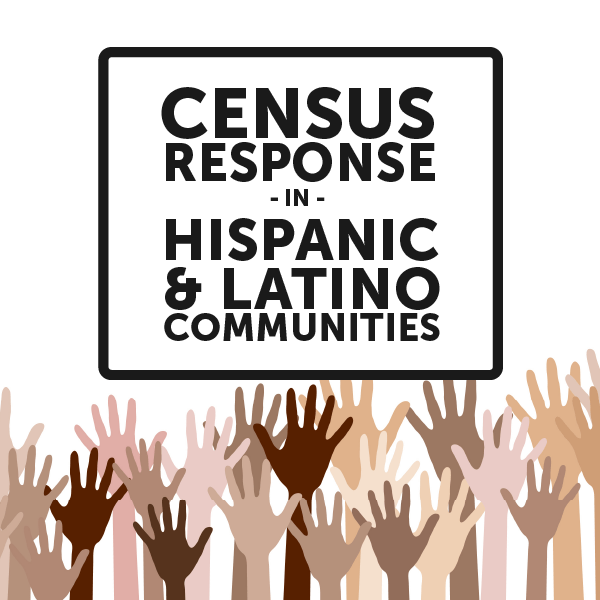
Hispanic and Latino communities are at a high risk of being undercounted in the 2020 Census, jeopardizing federal funding, social services, and government representation. Read more
-
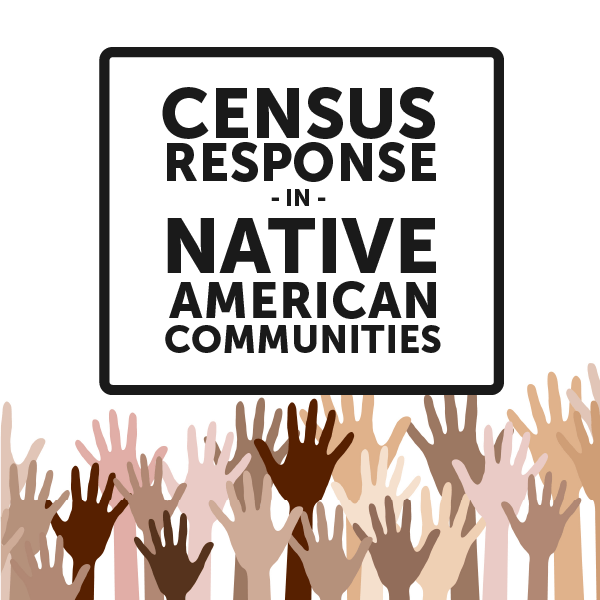
American Indian and Alaska Native communities are at a high risk of being undercounted in the 2020 Census, jeopardizing federal funding, social services, and government representation. Read more
-

Nearly one in five U.S. counties has a higher-than-average share of seniors and no hospital beds. Read more
-
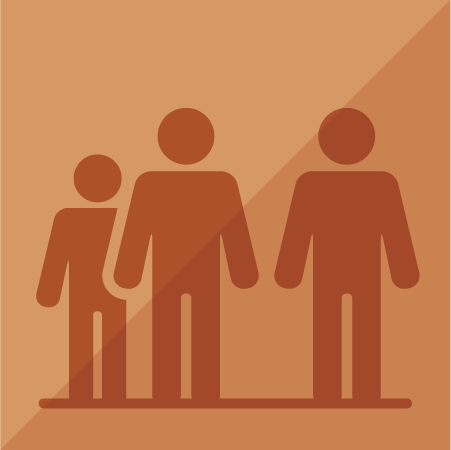
Populations at Risk quickly and easily generates and downloads reports about populations more likely to experience adverse social, health, or economic outcomes. Read more
-
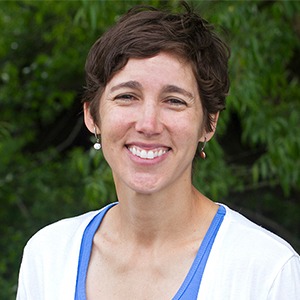
National interactive map and charts show Medicaid-dependent counties and populations at risk. Read more